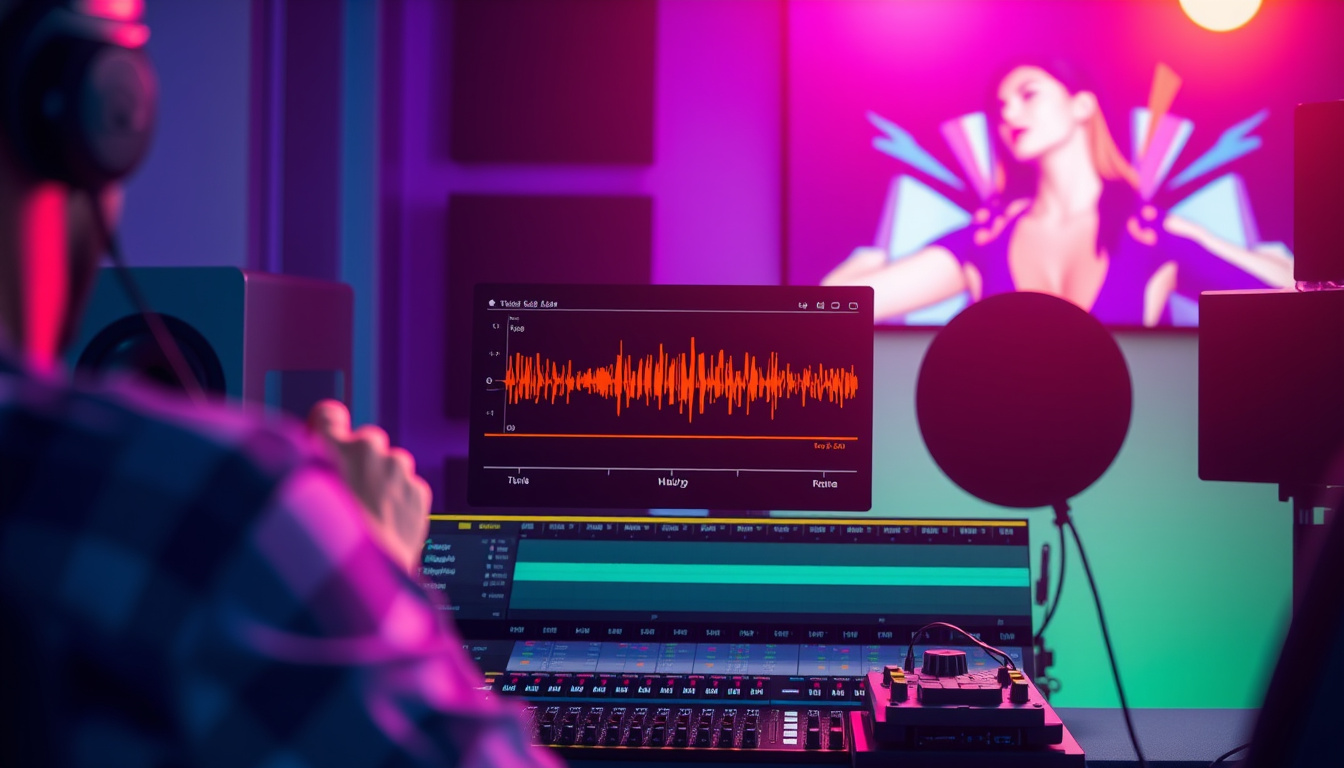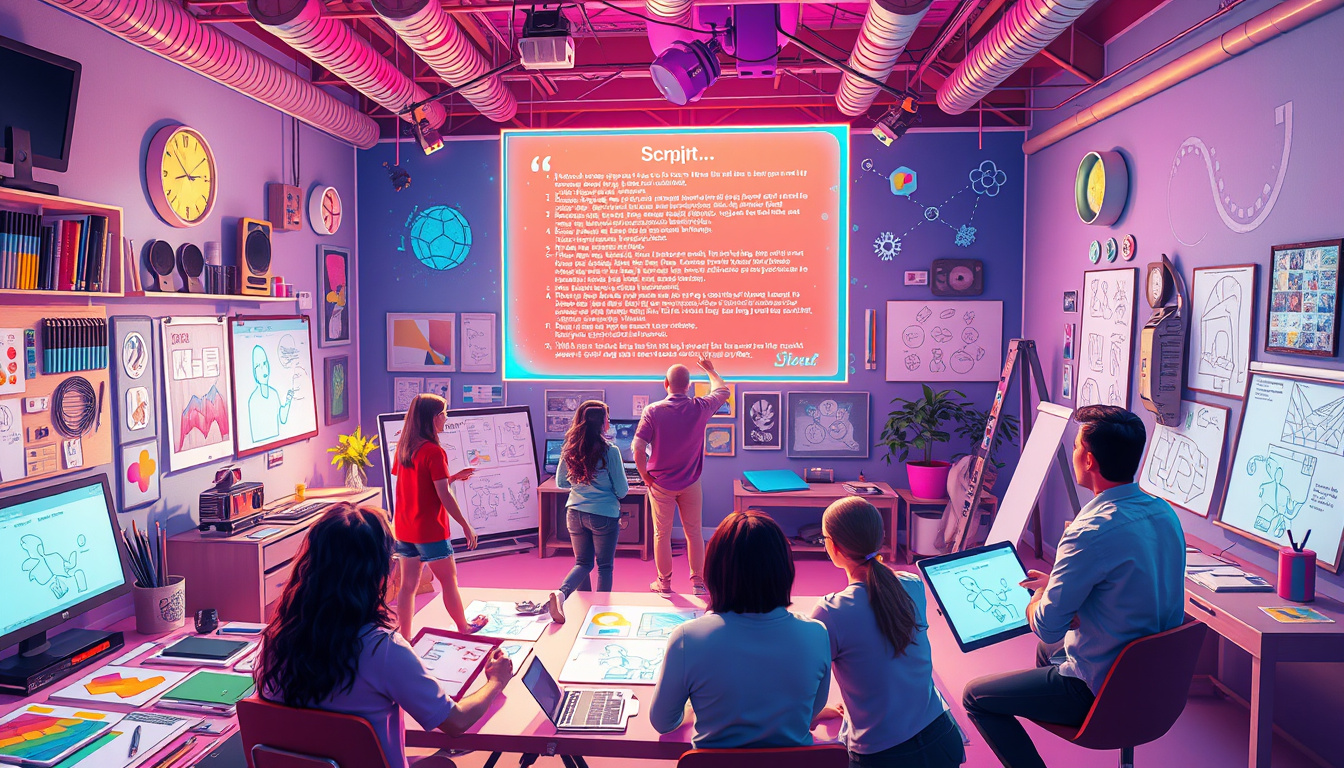Understanding the Art of Comedy Timing in Screenplays
Mastering comedy timing in screenplays is both an art and a science. That perfect moment when a character delivers a line or a visual gag hits the screen can elevate a humorous scene to a legendary status. Comedy timing involves a delicate balance of elements, including pacing, delivery, and the contextual setup of a joke. Just as a comedian times their punchlines for maximum effect, screenwriters must orchestrate their comedic elements with precision to elicit the desired audience reaction.
The Importance of Pacing
Pacing plays a crucial role in comedy timing. A well-paced screenplay allows the audience to digest the humor without feeling rushed or bogged down. Fast pacing can heighten the comedic effect of quick-fire jokes or slapstick, while slower pacing can amplify the humor in awkward situations or dry wit. The key is to keep the audience engaged and responsive, never allowing the energy to lag to a point where the humor loses its impact.
Character and Context
Understanding the characters and the context in which they find themselves is essential for effective comedy timing. A joke that might be hilarious when delivered by a sarcastic, quick-witted character could fall flat if delivered by someone more serious. Similarly, the situation or setting can amplify the humor: an absurd or unexpected comment in a tense situation can provide a comedic relief that resonates well with audiences. Integrating humor that feels natural to the characters and situation is crucial for seamless comedy timing.
Visual Humor and Timing
Beyond dialogue, screenplays have the unique ability to craft comedic moments through visual humor. The timing of visual gags, such as slapstick, physical comedy, or sight gags, requires careful planning in the script stage. Describing the setup, action, and reaction in detail helps the director and actors understand the timing required to pull off the joke effectively. Timing in visual humor can often be about the pause before the punchline, creating a moment of suspense that makes the ensuing laughter even more rewarding.
The Element of Surprise
Surprise is a powerful tool in comedy. Placing a joke or comedic situation where the audience least expects it can magnify its comedic value. However, mastering the element of surprise requires a keen understanding of timing. This involves setting up expectations and then subverting them at just the right moment. The surprise twist in the humor becomes more potent when the audience does not see it coming, provided the timing is spot-on.
Feedback and Fine-Tuning
One of the best ways to master comedy timing is through feedback and revision. Screenwriters can benefit greatly from table reads, where actors bring the script to life. Listening to the dialogue and observing the comedic beats in action can reveal a lot about the effectiveness of the timing. This process often leads to fine-tuning, where adjustments are made to ensure that the comedic elements hit their mark with precision.
Mastering comedy timing in screenplays is no small feat. It requires an understanding of pacing, character, context, and the element of surprise. Furthermore, incorporating visual humor and leveraging feedback are vital steps in refining the comedic elements of a screenplay. With practice, attention to detail, and a willingness to revise, screenwriters can enhance their scripts with comedy that resonates, entertains, and endures.






